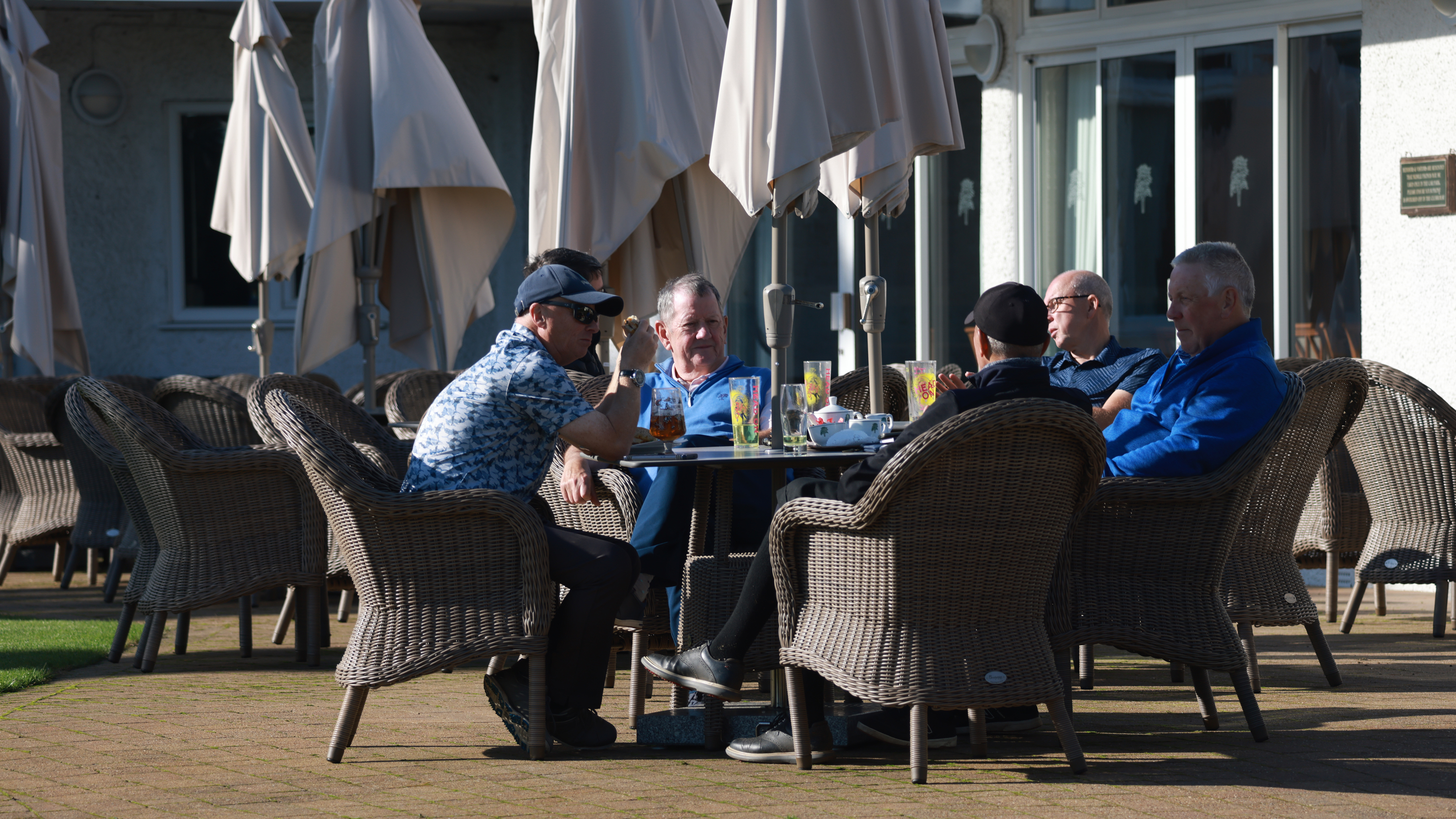
The traditional members’ golf club has been the beating heart of the sport in this country for over a century, with members paying a set annual subscription to largely or fully cover the running costs of the establishment.
However, rising costs across the board in recent times have, by necessity, driven subs higher over the last 20 or so years – and they continue to climb.
This trend has caused many casual golfers to question whether they are getting value for money from their monthly outlay. As a result, a lot of golf clubs are facing a looming crisis.
What's the answer?
What can golf clubs do? At the end of last year, Martin Slumbers, the outgoing CEO of The R&A spoke with Golf Monthly and talked about the challenge clubs are facing.
“Golf clubs must sell a product that the consumer wants to buy,” he said. “They have to focus on the consumer. To say, ‘We want more young people, women, girls.’ They can’t just say, ‘Here’s the product – if they don’t like it, lump it!’
“I think that discussion has been one of the hardest things of the last 10 years. And yes, some golf clubs are in trouble. I’d argue, are they the ones selling a product people don’t want to buy?”
“Because there are clubs that are doing really well. There are clubs that have waiting lists. They are the ones that have learned to change to fit a changing society. They’re more inclusive with technology, they have more family orientation.”
Golf clubs must look to offer a package that appeals to a broader spectrum of people, not just the traditional golfer. Handing over in excess of £1,000 per year simply to have access to a golf course just won’t cut it in this day and age.

Clubs must offer excellent and inclusive dining options; they must have an appealing social calendar (quizzes, theme nights, speakers, singers, dances); they should look to put on family events, new member events, open days and so on.
The golf clubhouse is a superb facility that is often under-utilised. It’s a fantastic space that, in many cases, could be a lot more versatile.
Could the old drying room be converted into a gym? Could the function room be used for non-golfing activities that would appeal to prospective members or non-members prepared to hand over some cash? Yoga, perhaps?
Going forward, these are the discussions many golf clubs need to have.
Flexibility is key

The full cost of golf membership is increasingly being deemed too much for many casual golfers. That means clubs that are struggling to retain members must look at the alternatives.
One of these is flexible membership – you pay a smaller fee, perhaps no fee at all, and simply buy credits depending on how much you play or intend to play.
The price of credits varies. For example, at less popular times, they're cheaper; on Saturday mornings, though, they're more expensive.
With flexible membership, you have more control over how much you spend on playing your golf at your club. The club may not gain quite so much financially from an individual but at least they get something and keep that person in the fold!

We’re seeing more golfers moving away from membership and playing more itinerant golf.
Golfers are taking advantage of options like Scottish Golf’s OpenPlay and England Golf’s iGolf schemes, which allow non club members to gain a golf handicap and to play at different courses across the country.
The objective is to generate more interaction between golfers and local clubs and facilities. That means increased green fee income for clubs, plus greater spend in pro shops and clubhouses.
Rather than seeking to replace club membership, OpenPlay and iGolf are potentially a route to membership, with non-club members experiencing more courses, seeing the benefits of regular play and being part of a club.
PostConnectPlay

There are other new and innovative schemes emerging that allow golfers greater flexibility and should allow clubs to adapt and survive.
PostConnectPlay is one of them, a platform that’s been designed as a hub where golfers can meet, connect and organise games at different venues.
It’s a different way for people to interact with golf. They build relationships and experience different courses. The idea is that they grow to love golf more and play more – which means more income for the clubs that they choose to play at.
Clubs will have to adapt in future to focus on gaining a greater portion of their income from itinerant golfers. There will always be those who prefer a traditional membership but, perhaps going forward, a far higher percentage of those who tee it up each day on courses around the country will not be paying an annual subscription directly to the club.
Instead, they will be a member of a scheme like iGolf or use a platform such as PostConnectPlay.
Golf clubs need to be accepting of a new type of golfer. They must welcome those itinerant golfers as a “member for the day” and they need to offer a package that appeals to them.
These golfers typically have a wide choice as to where they play and clubs will need to be more focused at trying to win their custom.
"It’s time for them to focus on other revenue streams by making the very most of the facilities at their disposal"
That means, just like offering a package the prospective member wants, clubs must also offer a package the itinerant golfer wants – a competitive rate, decent facilities, a warm welcome for them and any family members who might join pre or post round, and more generally, a reason to return.

It's not all doom and gloom – far from it. Golf clubs will survive but many will have to adapt to do so, through different types of membership and by focusing more on platforms like iGolf and PostConnectPlay to attract a regular stream of golfers.
For many clubs, the days of ordinary membership revenue fully covering costs are long gone. It’s time for them to focus on other revenue streams by making the most of the facilities at their disposal, both on and off the course.







